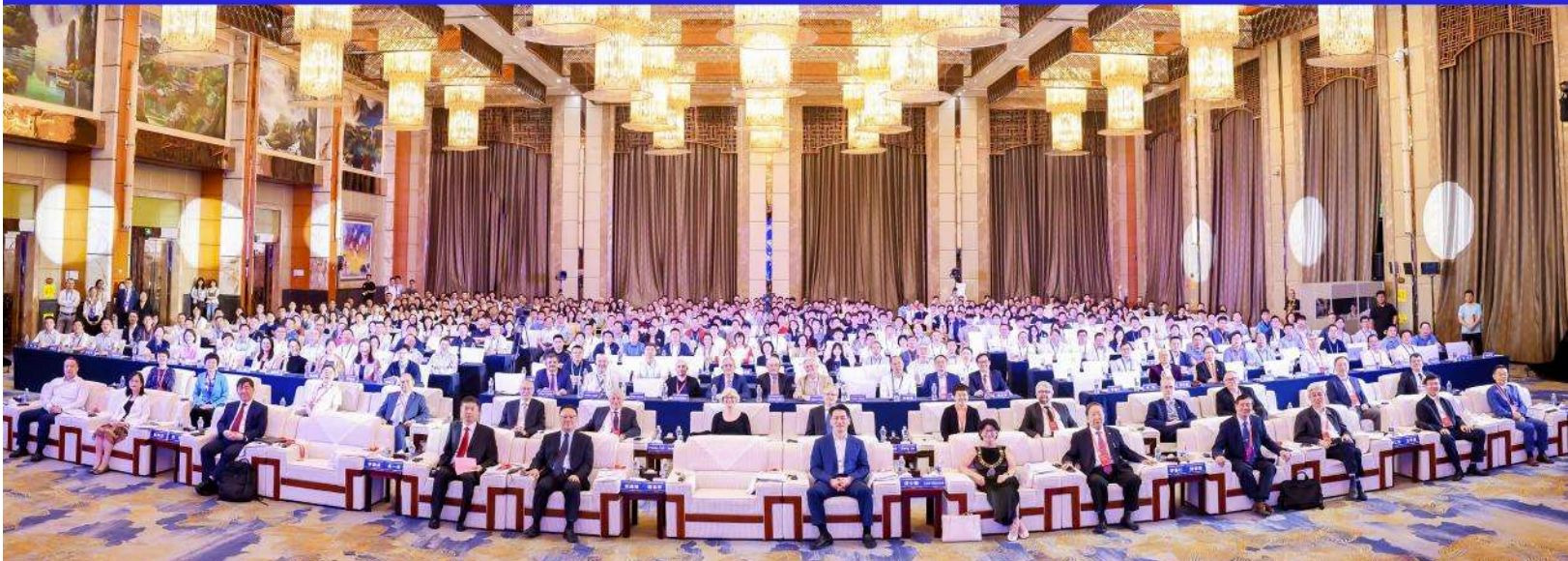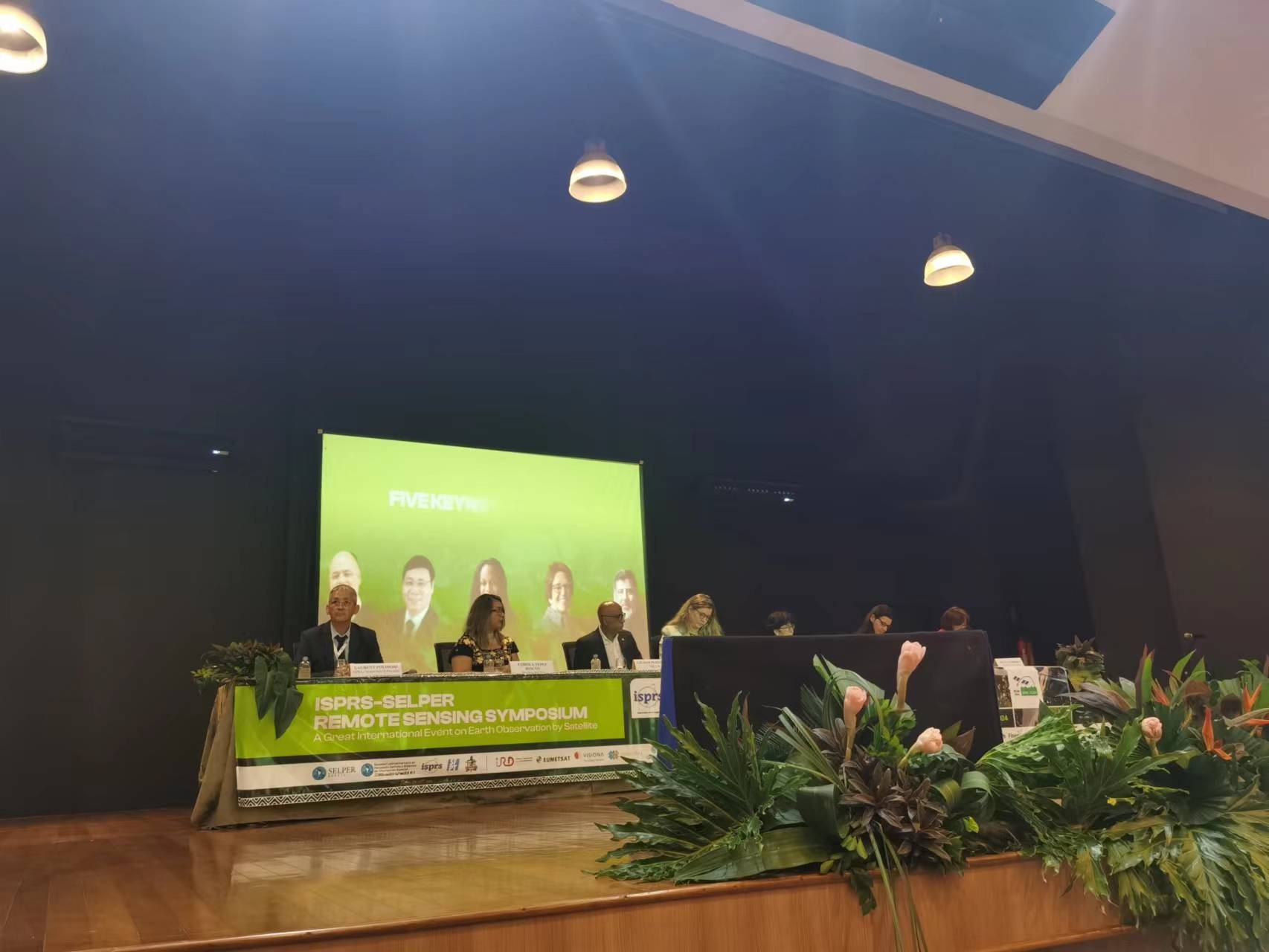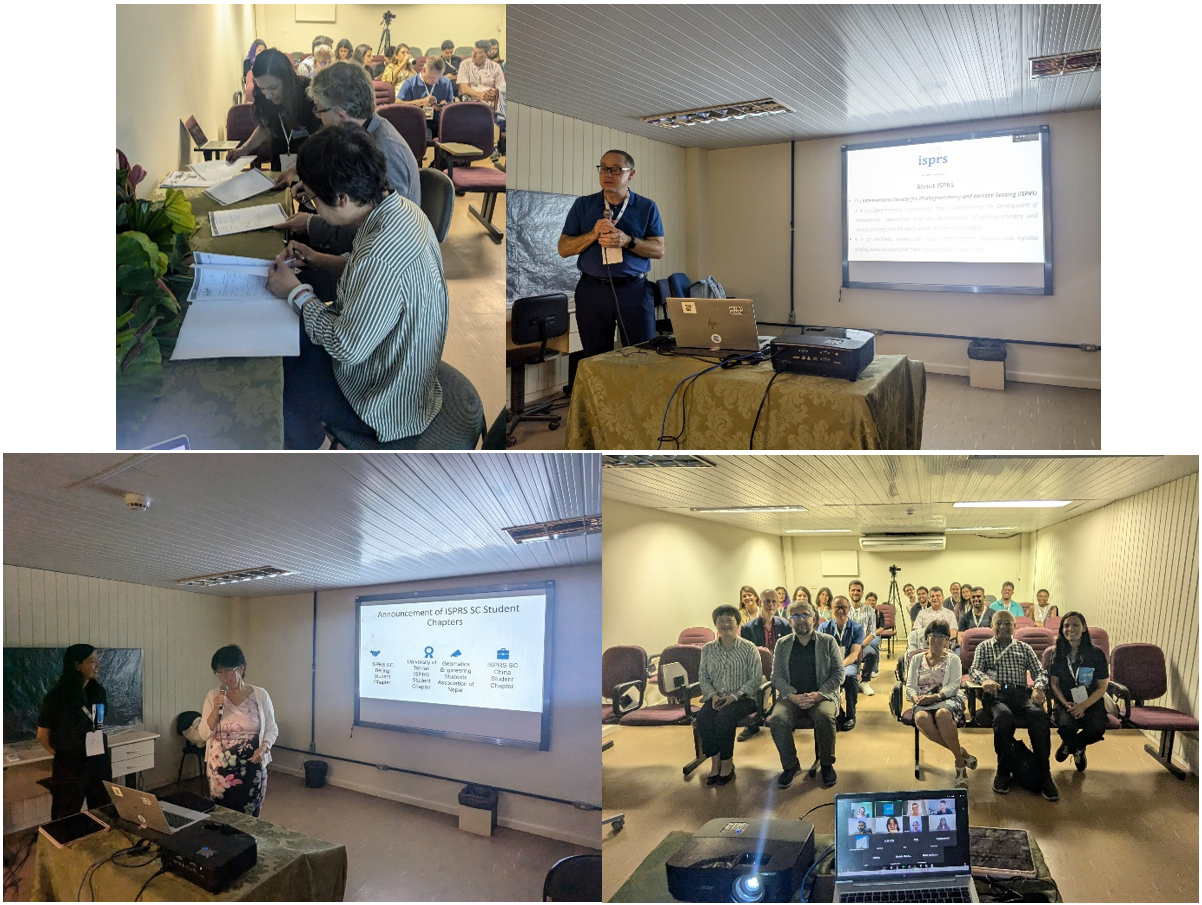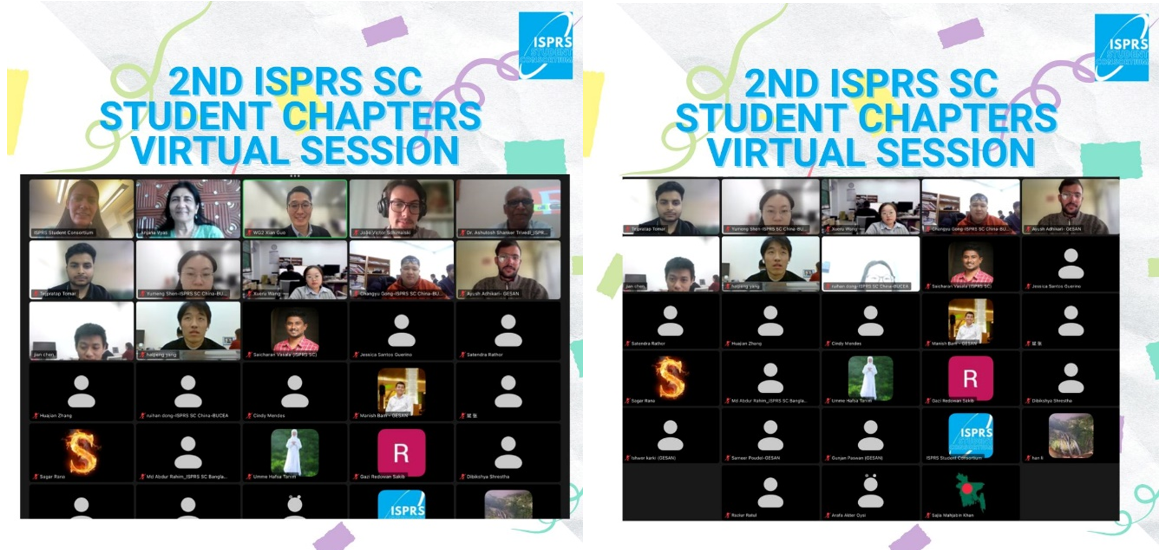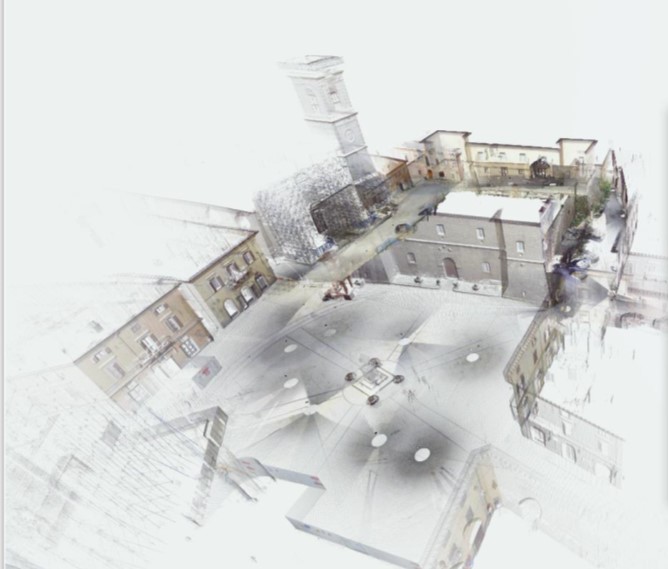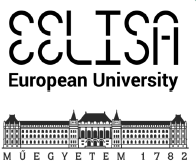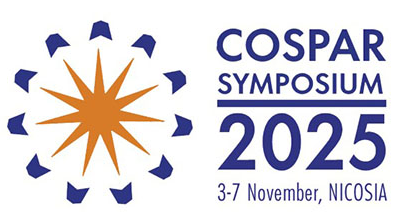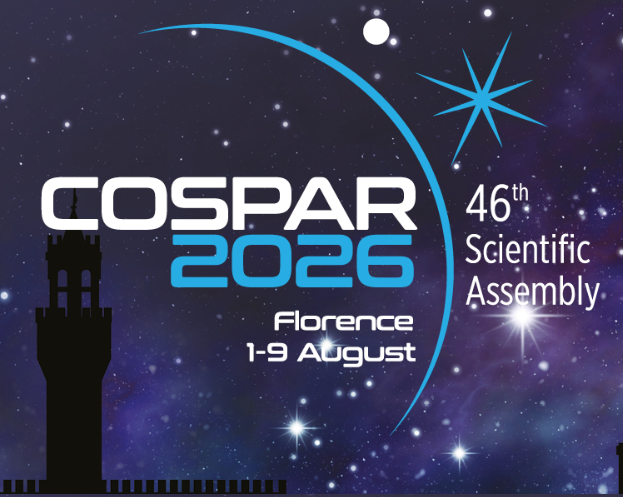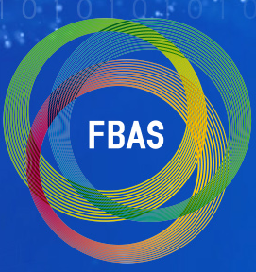The Agglomeration of Food Services and Their Colocation with Surrounding Complementary Services in the Guangdong–Hong Kong–Macao Greater Bay Area
Wang, Yixiao, Wu, Xibo, Qin, Jian, Zhang, Xiaoying, Wang, Xiangyu
No: 40
Evaluating Cartographic Communication in Croatian National Parks: User Perceptions of Pictograms
Cibilić, Iva, Poslončec-Petrić, Vesna
No: 41
A Novel Evolutionary Deep Learning Approach for PM2.5 Prediction Using Remote Sensing and Spatial–Temporal Data: A Case Study of Tehran
Kaveh, Mehrdad, Mesgari, Mohammad Saadi, Kaveh, Masoud
No: 42
Multi-View Three-Dimensional Reconstruction Based on Feature Enhancement and Weight Optimization Network
Yao, Guobiao, Wang, Ziheng, Wei, Guozhong, Zhu, Fengqi, Fu, Qingqing, Yu, Qian, Wei, Min
No: 43
Spatial Dynamics and Drivers of Urban Growth in Thua Thien Hue Province, Vietnam: Insights for Urban Sustainability in the Global South
Obaitor, Olabisi S., Odunsi, Oluwafemi Michael, Vu, Thanh Bien, Grobusch, Lena C., Schultz, Michael, Hochschild, Volker, Khanh, Linh Nguyen Hoang, Garschagen, Matthias
No: 44
Correlation Characteristics Between Urban Fires and Urban Functional Spaces: A Study Based on Point of Interest Data and Ripley’s K-Function
Xiong, Yaobin, Li, Gongquan
No: 45
Enhancing Precision Beekeeping by the Macro-Level Environmental Analysis of Crowdsourced Spatial Data
Kotovs, Daniels, Krievina, Agnese, Zacepins, Aleksejs
No: 47
Cyber Potential Metaphorical Map Method Based on GMap
Si, Dongyu, Jiang, Bingchuan, Xia, Qing, Li, Tingting, Wang, Xiao, Liu, Jingxu
No: 46
The Coordinated Development Characteristics of Rural Industry and Employment: A Case Study of Chongqing, China
Ge, Guoqin, Huang, Yong, Chen, Qianting
No: 48
Exploring Inequality: A Multi-Scale Analysis of China’s Consumption Carbon Footprint
Xu, Feng, Zheng, Xinqi, Zheng, Minrui, Liu, Dongya, Ma, Yin, Peng, Jizong, Shen, Ye, Han, Xu, Zhang, Mengdi
No: 49
Identify Optimal Pedestrian Flow Forecasting Methods in Great Britain Retail Areas: A Comparative Study of Time Series Forecasting on a Footfall Dataset
Murcio, Roberto, Wang, Yujue
No: 50
Digital Transformation and Location Data Interoperability Skills for Small and Medium Enterprises
De Martino, Monica, Martirano, Giacomo, Quarati, Alfonso, Varni, Francesco, Toscano Domínguez, Mayte
No: 51
Use of Semantic Web Technologies to Enhance the Integration and Interoperability of Environmental Geospatial Data: A Framework Based on Ontology-Based Data Access
Ranatunga, Sajith, Ødegård, Rune Strand, Jetlund, Knut, Onstein, Erling
No: 52
A Blockchain Copyright Protection Model Based on Vector Map Unique Identification
Wang, Heyan, Tang, Nannan, Zhu, Changqing, Ren, Na, Wang, Changhong
No: 53
Multi-Instance Zero-Watermarking Algorithm for Vector Geographic Data
Zhou, Qifei, Yan, Lin, Wang, Zihao, Ren, Na, Zhu, Changqing
No: 54
Automated Icon Extraction from Tourism Maps: A Synergistic Approach Integrating YOLOv8x and SAM
Cao, Di, Yan, Xinran, Li, Jingjing, Li, Jiayao, Wu, Lili
No: 55
Advancing AI-Driven Geospatial Analysis and Data Generation: Methods, Applications and Future Directions
Hochmair, Hartwig H., Juhász, Levente, Li, Hao
No: 56
The Machine Learning-Based Mapping of Urban Pluvial Flood Susceptibility in Seoul Integrating Flood Conditioning Factors and Drainage-Related Data
Bersabe, Julieber T., Jun, Byong-Woon
No: 57
A Novel Context-Aware Douglas–Peucker (CADP) Trajectory Compression Method
Mehri, Saeed, Hooshangi, Navid, Mahdizadeh Gharakhanlou, Navid
No: 58
Enhancing Spatial Awareness and Collaboration: A Guide to VR-Ready Survey Data Transformation
McDuff, Joseph Kevin, Karimi, Armin Agha, Gharineiat, Zahra
No: 59
Evaluation of Urban Accessibility Through Geomarketing Techniques: Case Study in Valencia (Spain)
Villanueva-Durbán, Néstor, Lorenzo-Sáez, Edgar, Lerma-Arce, Victoria, Coll-Aliaga, Eloina
No: 60
Beyond the Road: A Regional Perspective on Traffic Congestion in Metro Atlanta
Seong, Jeong Chang, Lee, Seungyeon, Cho, Yoonjae, Hwang, Chulsue
No: 61
Identifying Spatial Distribution of Urban Vitality Using Self-Organizing Feature Map Neural Network
Cai, Xingfei, Wen, Chaoxiang, Wang, Hao, Chen, Wenjun
No: 62
Evaluation of Pedestrian-Perceived Comfort on Urban Streets Using Multi-Source Data: A Case Study in Nanjing, China
Qin, Jiarui, Feng, Yizhe, Sheng, Yehua, Huang, Yi, Zhang, Fengyuan, Zhang, Kaixuan
No: 63
VE-GCN: A Geography-Aware Approach for Polyline Simplification in Cartographic Generalization
Chen, Siqiong, Hu, Anna, Xu, Yongyang, Wang, Haitao, Xie, Zhong
No: 64
Spatial Autocorrelation Analysis of CO and NO2 Related to Forest Fire Dynamics
Atalay, Hatice, Sunar, Ayse Filiz, Dervisoglu, Adalet
No: 65
Exploring the Equality and Determinants of Basic Educational Public Services from a Spatial Variation Perspective Using POI Data
Wei, Hejie, Ji, Wenfeng, Li, Ling, Yang, Yi, Liu, Mengxue
No: 66
In the Footsteps of Grandtourists: Envisioning Itineraries in Inner Areas for Literary and Responsible Tourism
Zatelli, Paolo, Gabellieri, Nicola, Besana, Angelo
No: 67
A Dynamic and Timely Point-of-Interest Recommendation Based on Spatio-Temporal Influences, Timeliness Feature and Social Relationships
Zhu, Jun, Lin, Haifeng, Gou, Zhinan, Xu, Yiqing, Liu, Hongying, Tang, Ming, Wang, Li, Li, Shu, Hu, Bing
No: 68
STPam: Software for Intelligently Analyzing and Mining Spatiotemporal Processes Based on Multi-Source Big Data
Xiong, Rongjun, Chen, Zeqiang, Pan, Huiwen, Liu, Dongyang, Sun, Aiguo, Chen, Nengcheng
No: 69
A Data Model and Method Framework for Cyberspace Map Visualization
Zhang, Zheng, Zhou, Chenghu, Chen, Minjie, Cao, Yibing, Fan, Shaojing
No: 70
An Efficient Route Planning Algorithm for Special Vehicles with Large-Scale Road Network Data
Tian, Ting, Wu, Huijing, Wei, Haitao, Wu, Fang, Xu, Mingliang
No: 71
Segmentation of Transaction Prices Submarkets in Vienna, Austria Using Multidimensional Spatiotemporal Change–DBSCAN (MDSTC-DBSCAN)
Treitler, Lorenz, Kounadi, Ourania
No: 72
A System for Analysis and Simulating Hydraulic and Hydrogeological Risks Through WebGIS 3D Digital Platforms
Mazzei, Mauro, Quaroni, Davide
No: 73
Research on the Evaluation and Spatial Distribution Optimization of the Field Intensity Effect of Rural Basic Education Infrastructure in Wuhan’s New Urban District: A Case Study of Liji Township
Jiang, Liang, Chen, Jie, Luo, Jing, Tian, Guanghui
No: 74
Strategies for Glacier Retreat Communication with 3D Geovisualization and Open Data Sharing
Gaspari, Federica, Barbieri, Federico, Fascia, Rebecca, Ioli, Francesco, Pinto, Livio, Migliaccio, Federica
No: 75
Evaluating Digital Map Utilization and Interpretation Skills of Students
Yamauchi, Hiroyuki, Song, Jiali, Oguchi, Takashi, Ogura, Takuro, Iizuka, Kotaro
No: 76
Correction: Lee, J.; Kang, Y. A Dynamic Algorithm for Measuring Pedestrian Congestion and Safety in Urban Alleyways. ISPRS Int. J. Geo-Inf. 2024, 13, 434
Lee, Jiyoon, Kang, Youngok
No: 77
Development of a Fifteen-Minute City Index Using Walkability Scores and Age-Classified Population: The Case of Pasig City, Metro Manila, Philippines
Mañago, Carlo Angelo R., Nasalita, Marielle G., Saveron, Cesar V., Sunga, Ynah Andrea D., Claridades, Alexis Richard C.
No: 78
Fine-Tuning LLM-Assisted Chinese Disaster Geospatial Intelligence Extraction and Case Studies
Han, Yaoyao, Liu, Jiping, Luo, An, Wang, Yong, Bao, Shuai
No: 79
Developing a Spatial Analysis-Based Model for Assessing Investment Potential in Local Self-Government Using the Analytic Hierarchy Process
Lisjak, Josip, Tomić, Hrvoje, Rončević, Ante, Cetl, Vlado
No: 81
Revealing Spatial Patterns and Environmental Influences on Jogging Volume and Speed: Insights from Crowd-Sourced GPS Trajectory Data and Random Forest
Yang, Xiao, Zhang, Chengbo, Yang, Linzhen
No: 80
Spatial Network Analysis of CO2 Emissions in Major Cities in China: Regional Structures and Influencing Factors
Zhao, Yue, Feng, Yuning, Du, Mingyi, Fraedrich, Klaus, Shen, Zehao
No: 82
4SIM: A Novel Description Model for the Ternary Spatial Relation “Between” of Buildings
Zhang, Hanxue, Gong, Xianyong, Liu, Chengyi, Wu, Fang, Qiu, Yue, Wang, Andong, Qi, Yuyang
No: 83
A Multi-Scale Hybrid Scene Geometric Similarity Measurement Method Using Heterogeneous Graph Neural Network
Gong, Chongya, Ai, Tinghua, Chen, Shiyu, Xiao, Tianyuan, Yu, Huafei
No: 84
How Hydrological Extremes Affect the Chlorophyll-a Concentration in Inland Water in Jiujiang City, China: Evidence from Satellite Remote Sensing
Jiang, Wei, Ding, Xiaohui, Kong, Fanping, Luo, Gan, Long, Tengfei, Pang, Zhiguo, Cui, Shiai, Liu, Jie, Adam, Elhadi
No: 85
Estimating the Material Footprint at the National Level from 1993 to 2022 Based on Multi-Feature CNN-BiLSTM
Miao, Lizhi, Wang, Yannan, Wu, Kaiwen, Huang, Lei, Kwan, Mei-Po
No: 86
Understanding Urban Park-Based Social Interaction in Shanghai During the COVID-19 Pandemic: Insights from Large-Scale Social Media Analysis
Wang, Haotian, Su, Tianyu, Zhao, Wanting
No: 87
Automatic Annotation of Map Point Features Based on Deep Learning ResNet Models
Zhang, Yaolin, Qin, Zhiwen, Ma, Jingsong, Zhang, Qian, Wang, Xiaolong
No: 88
GIS-Based Dashboards as Advanced Geospatial Applications for Climate Change Education and Teaching the Future
De Miguel González, Rafael, Mar-Beguería, Juan, Sebastián López, María, Kratochvíl, Ondrej
No: 89
Toward Quantifying Interpolation Uncertainty in Set-Line Spacing Hydrographic Surveys
Adediran, Elias, Kastrisios, Christos, Lowell, Kim, Rice, Glen, Zhang, Qi
No: 90
Towards More Reliable Measures for “Perceived Urban Diversity” Using Point of Interest (POI) and Geo-Tagged Photos
He, Zongze, Zhang, Xiang
No: 91
Impact of Shared Bicycle Spatial Patterns During Public Health Emergencies: A Case Study in the Core Area of Beijing
Wen, Zheng, Hu, Lujin, Hu, Jing
No: 92
Optimizing the Equality of Healthcare Services in Wuhan, China, Using a New Multimodal Two-Step Floating Catchment Area Model in Conjunction with the Hierarchical Maximal Accessibility Equality Model
Lu, Pengfei, Li, Xiang, Wang, Lina, Zhang, Zhengbin, Zhang, Danfei, Zhang, Wenya, Li, Yaru
No: 93
Geoinformatics and Machine Learning for Shoreline Change Monitoring: A 35-Year Analysis of Coastal Erosion in the Upper Gulf of Thailand
Chawalit, Chakrit, Boonpook, Wuttichai, Sitthi, Asamaporn, Torsri, Kritanai, Kamthonkiat, Daroonwan, Tan, Yumin, Suwansaard, Apised, Nardkulpat, Attawut
No: 94


